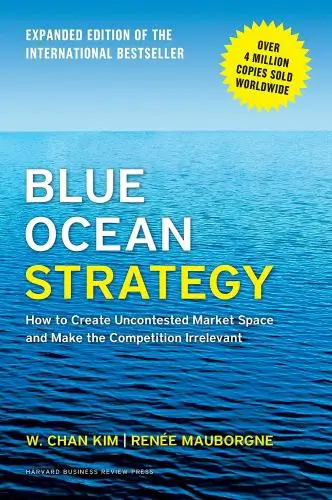
Blue Ocean Strategy
How to Create Uncontested Market Space and Make Competition Irrelevant
What is Blue Ocean Strategy about?
Blue Ocean Strategy introduces a approach to business strategy that focuses on creating uncontested market spaces, or "blue oceans," rather than competing in overcrowded "red oceans." The book provides a systematic framework for companies to break away from the competition by identifying new market opportunities and creating value innovation. Through real-world examples and actionable insights, readers can learn how to shift their focus from competition to innovation and unlock new growth opportunities.
About the Author
W. Chan Kim is a business theorist, professor at INSEAD, and co-author of "Blue Ocean Strategy," a book that challenges traditional competitive strategies and advocates for creating new market spaces. His work emphasizes innovation, value creation, and strategic thinking, offering a fresh perspective on navigating competitive business landscapes.
10 Key Ideas of Blue Ocean Strategy
Reconstruct Market Boundaries to Find Untapped Blue Oceans
Instead of competing within the confines of existing industry spaces or 'red oceans,' explore new market spaces or 'blue oceans' that are uncontested. This involves looking across alternative industries, strategic groups, buyer groups, complementary product and service offerings, functional-emotional orientation of an industry, and even time to redefine market boundaries. By doing so, you can unlock new demand and make the competition irrelevant.
Learn DeeperIdentify Non-Customers: Start by looking at who isn't currently buying your products or services. What are the common reasons? Is there a way to adjust your offering to meet their needs? This could open up a whole new market segment for you.
Analyze Alternative Industries: Consider industries that offer different products or services but solve the same problem as yours. What can you learn from them? Can you adapt their solutions to fit your market? This could help you break into new spaces.
Explore Complementary Products and Services: Think about what other products or services your customers use before, during, or after using yours. Is there an opportunity to integrate these into your offering or partner with these other services?
Redefine Your Market Boundaries: Challenge the traditional boundaries of your market. Can you redefine your product or service to appeal to a broader audience or to serve a different purpose? This might involve changing your marketing strategy or even tweaking your product.
Focus on the Big Picture: Don't get too caught up in the day-to-day competition. Keep an eye on long-term trends and changes in consumer behavior. How can you position your business to be ahead of these changes?
- Example
Cirque du Soleil is often cited as a classic example of blue ocean strategy. By combining elements of traditional circus with theater, they created a new form of entertainment that didn't directly compete with either industry.
- Example
Netflix's shift from DVD rentals to streaming services is another example. They moved away from competing with traditional rental stores and instead created a new market space that eventually transformed how people consume media.
Focus on the Big Picture, Not the Numbers
Shift your strategy from a numbers-driven outlook to a more holistic view of the business landscape. Use visual tools and frameworks to understand the current state of play, visualize future possibilities, and strategize on how to get there. This approach encourages creative thinking and helps identify blue ocean opportunities by focusing on overall impact rather than getting bogged down in detailed financial analyses.
Learn DeeperVisualize Your Business Landscape: Start by mapping out your current business environment. Use tools like the Strategy Canvas to plot out what factors your industry competes on and where your company invests its resources. This will help you see where you're putting too much or too little effort compared to what customers value.
Identify Non-Customers: Think about who isn't currently using your products or services but might if you offered something different. What are the common barriers keeping these potential customers away? Understanding this can guide you towards creating new value propositions that turn non-customers into customers.
Redefine Market Boundaries: Look beyond your immediate competitors and industry. Consider how you can draw from different industries or market segments to redefine the boundaries of your own market. This could involve adopting new technologies, tapping into different distribution channels, or offering unique product features that appeal to a broader audience.
Focus on the Big Wins: Instead of getting lost in the minutiae of day-to-day operations and incremental improvements, ask yourself what big moves could significantly impact your market position. This might mean developing a completely new product line, drastically changing your pricing strategy, or rethinking your customer experience from the ground up.
- Example
A coffee shop owner uses the Strategy Canvas to realize that while most competitors focus on product variety and premium locations, there's an untapped market segment that values community space and environmental sustainability. By shifting focus to these areas, the coffee shop finds a blue ocean of customers who were previously underserved.
- Example
A software company identifies non-customers as those overwhelmed by the complexity of existing solutions. They decide to develop a simplified, user-friendly version of their product, targeting small businesses that previously avoided the market due to perceived complexity. This opens up a new customer base and differentiates them from competitors focusing solely on feature-rich offerings.
Reach Beyond Existing Demand
Instead of fighting over existing customers, focus on attracting non-customers. There are three tiers of non-customers: soon-to-be non-customers at the edge of your market, refusing non-customers who consciously choose against your market, and unexplored non-customers who have never thought of your market as an option. Understanding and targeting these groups can help tap into new demand and create growth opportunities.
Learn DeeperIdentify the Three Tiers of Non-Customers: Start by mapping out who these non-customers are. For the soon-to-be non-customers, look at those just barely choosing your product or service. For refusing non-customers, identify who is actively choosing against your market and why. Lastly, for unexplored non-customers, brainstorm groups who haven’t even considered your market as an option.
Understand Their Needs and Barriers: Conduct surveys, focus groups, or one-on-one interviews to understand why these non-customers are not choosing your market. What are their needs, preferences, or barriers? This understanding is crucial for the next steps.
Develop Tailored Offerings: Based on your findings, create or adjust your products or services to meet the needs of these non-customers. This might mean innovating new features, adjusting pricing strategies, or changing marketing messages.
Test and Refine: Launch small-scale tests to see how these new or adjusted offerings resonate with the identified non-customer groups. Gather feedback, make necessary adjustments, and gradually scale up your efforts based on successful outcomes.
Communicate Effectively: Use targeted marketing strategies to reach these non-customers. Craft messages that speak directly to their needs and how your offering addresses them. Utilize the right channels where these non-customers are most likely to be reached.
- Example
A gym targeting soon-to-be non-customers by offering flexible membership plans for those intimidated by long-term commitments, thus addressing a key barrier to entry.
- Example
A software company identifying refusing non-customers who avoid their product due to its complexity, and then creating a simplified version or offering free training webinars to lower the entry barrier.
Get the Strategic Sequence Right
To ensure commercial viability in a blue ocean, follow the strategic sequence of buyer utility, price, cost, and adoption. First, ensure your offering has exceptional utility that stands out in the market. Then, set a strategic price point that attracts buyers. Ensure your cost structure allows for profitability at this price point. Finally, address adoption hurdles upfront to smooth the path for your innovation.
Learn DeeperIdentify Unique Value Propositions: Start by brainstorming what makes your product or service uniquely valuable. Ask yourself, 'What can I offer that no one else is providing?' This could be an innovative feature, a new delivery method, or an exceptional customer service experience.
Evaluate Your Pricing Strategy: Once you've identified your unique value, think about how you can price it attractively. Consider not just the cost to you, but also the perceived value to the customer. Is there a way to offer more for less, or to present your pricing in a way that highlights the exceptional value?
Analyze Your Costs: Look at your cost structure critically. Can you streamline operations, negotiate better deals with suppliers, or adopt new technologies to reduce costs? Ensuring profitability means making sure that the price you've set above can cover costs and leave room for profit.
Plan for Adoption: Anticipate potential barriers to adoption of your product or service. This could involve educating your market, addressing preconceived notions, or even lobbying for regulatory changes. Think about how you can ease the transition for your customers, making it as simple as possible for them to switch to your offering.
- Example
A company launching a new eco-friendly cleaning product might identify its unique value proposition as being the only non-toxic cleaner that doesn't sacrifice cleaning power. They could set a competitive price by highlighting long-term savings and health benefits. To ensure profitability, they might work on reducing packaging costs or optimizing supply chain logistics. Finally, to smooth adoption, they could offer free samples or educational workshops on the importance of reducing chemical use in homes.
- Example
A tech startup developing a new app for remote team collaboration might find its unique selling point in an AI feature that predicts project bottlenecks. The strategic price point could be a subscription model that undercuts traditional project management software while offering more value. Cost analysis might involve automating certain development processes to keep overhead low. To address adoption, the startup could offer extensive free trials and create tutorial content to demonstrate the app's unique benefits over competitors.
Deeper knowledge. Personal growth. Unlocked.
Unlock this book's key ideas and 100+ more. Learn with quick, impactful summaries.
Read Full SummarySign up and read for free!
Blue Ocean Strategy Summary: Common Questions
Experience Personalized Book Summaries, Today!
Discover a new way to gain knowledge, and save time.
Sign up for our 7-day trial now.
No Credit Card Needed

Similar Books
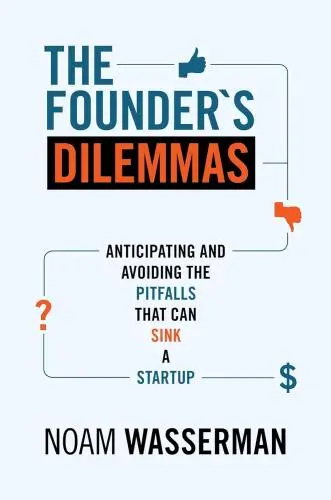
The Founder's Dilemmas
Noam Wasserman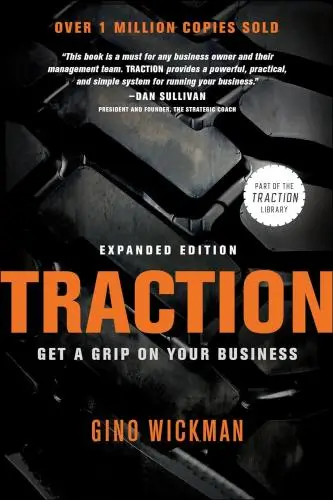
Traction
Gino Wickman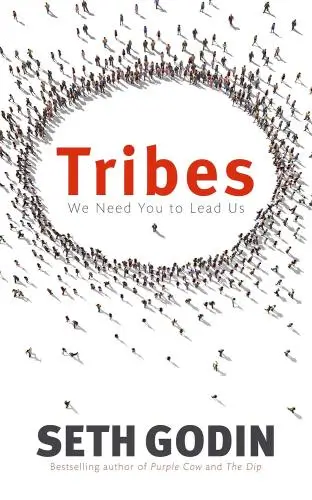
Tribes
Seth Godin
Management 3.0
Jurgen Appelo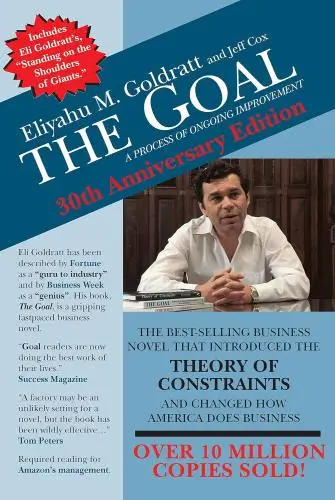
The Goal
Eliyahu M Goldratt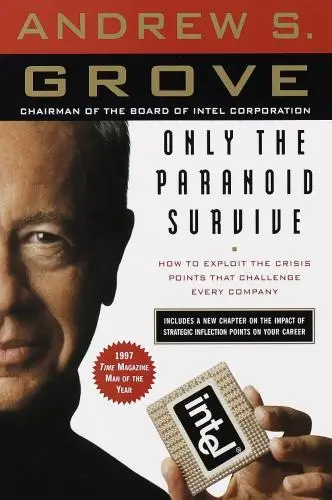
Only the Paranoid Survive
Andrew S. Grove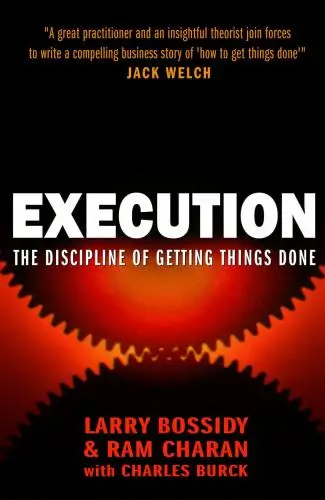
Execution
Larry Bossidy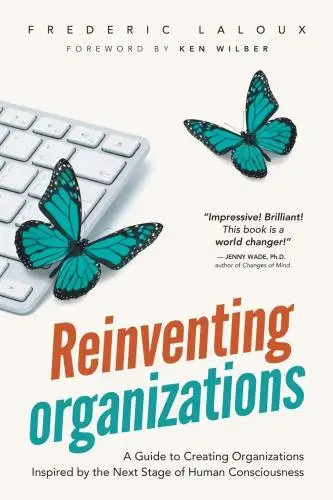
Reinventing Organizations
Frederic Laloux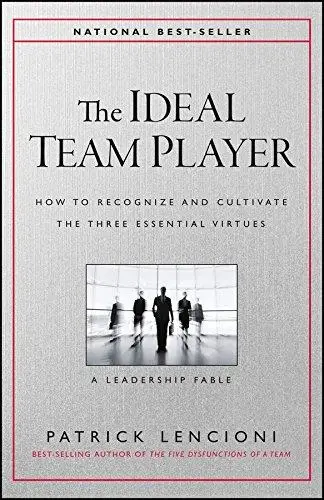
The Ideal Team Player
Patrick M. Lencioni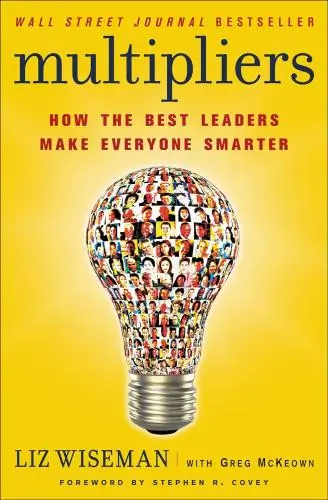
Multipliers
Liz Wiseman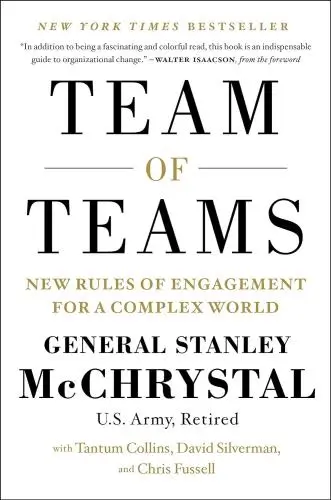
Team of Teams
General Stanley McChrystal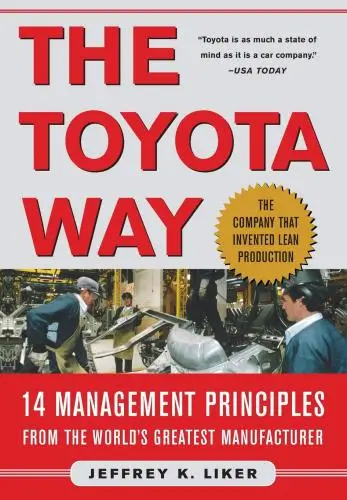
The Toyota Way
Jeffrey LikerTrending Summaries

Peak
Anders Ericsson
Never Split the Difference
Chris Voss
Smart Brevity
Jim VandeHei
The Psychology of Money
Morgan Housel
The First 90 Days
Michael D. Watkins
Atomic Habits
James Clear
Thinking, Fast and Slow
Daniel Kahneman
The Body Keeps the Score
Bessel van der Kolk M.D.
The Power of Regret
Daniel H. Pink
The Compound Effect
Darren Hardy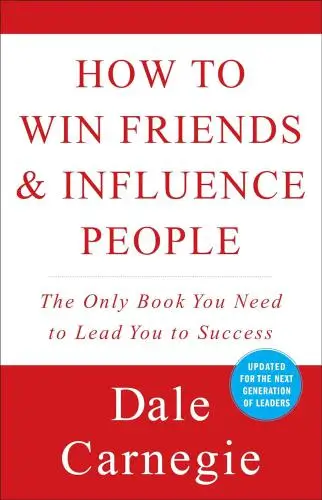
How to Win Friends & Influence People
Dale Carnegie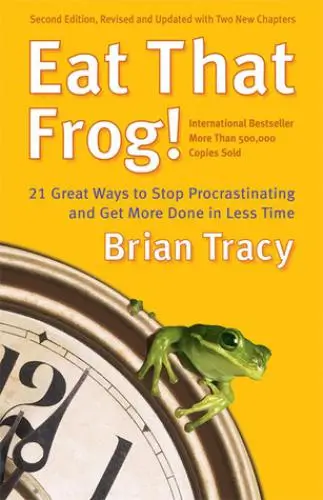
Eat That Frog!
Brian Tracy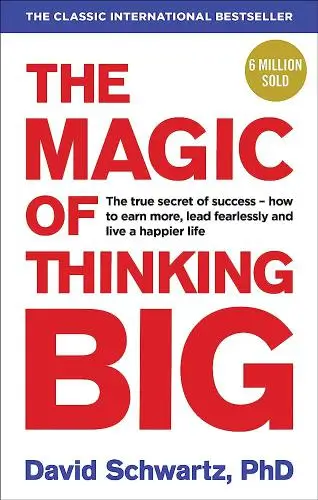
The Magic of Thinking Big
David J. Schwartz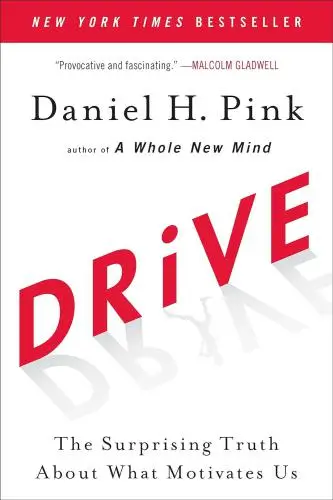
Drive
Daniel H. Pink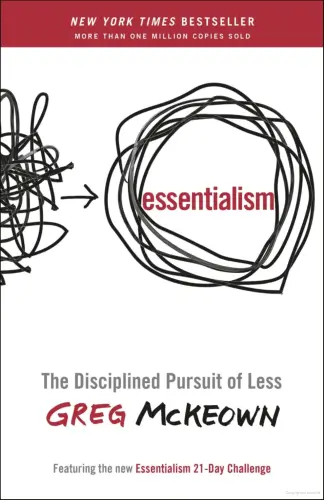
Essentialism
Greg McKeownNew Books

The Millionaire Fastlane
MJ DeMarco
Losing My Virginity
Richard Branson
Venture Deals
Brad Feld
48 Days to the Work You Love
Dan Miller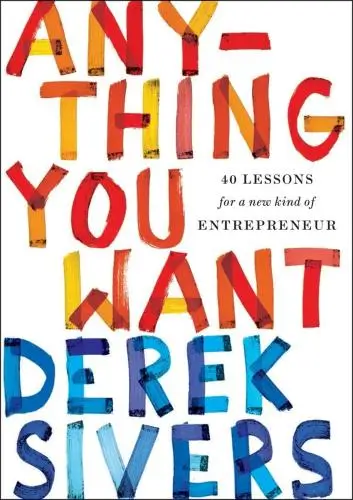
Anything You Want
Derek Sivers
Running Lean
Ash Maurya
Blitzscaling
Reid Hoffman
The Founder's Dilemmas
Noam Wasserman
Founders at Work
Jessica Livingston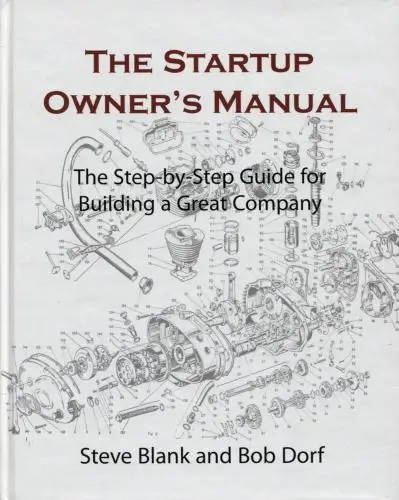
The Startup Owner's Manual
Steve Blank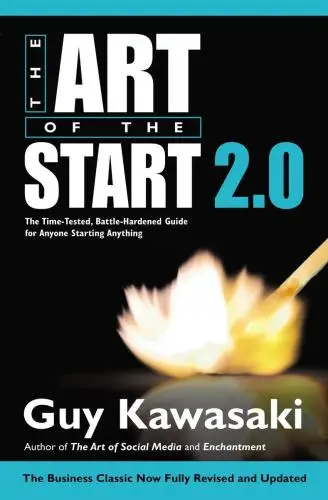
The Art of the Start 2.0
Guy Kawasaki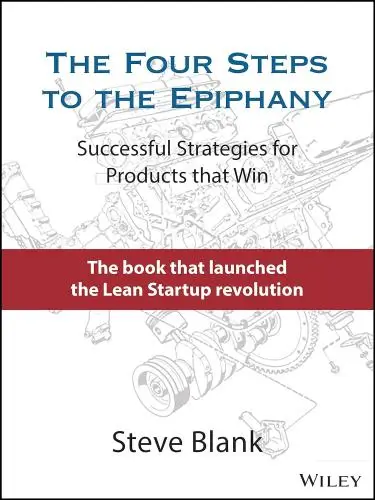
The Four Steps to the Epiphany
Steve Blank
Flash Boys
Michael Lewis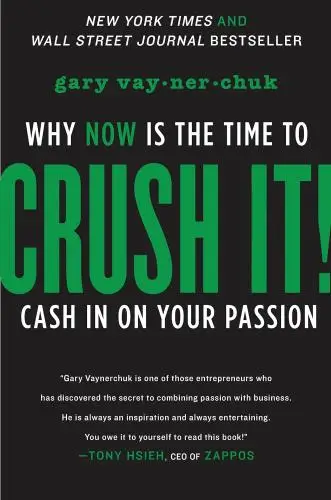
Crush It!
Gary Vaynerchuk
